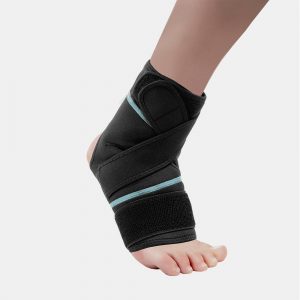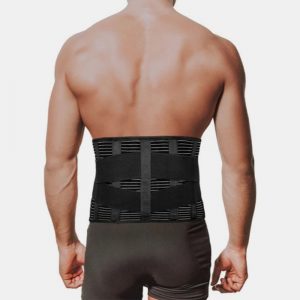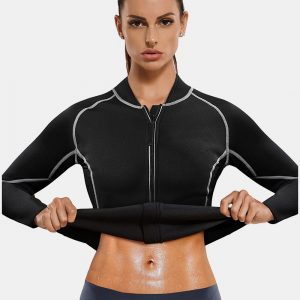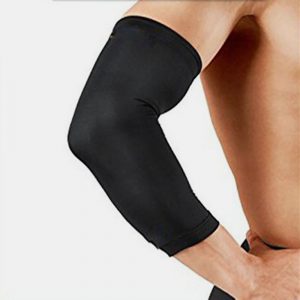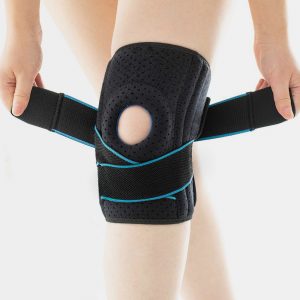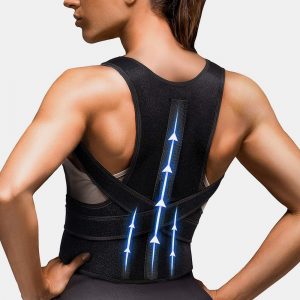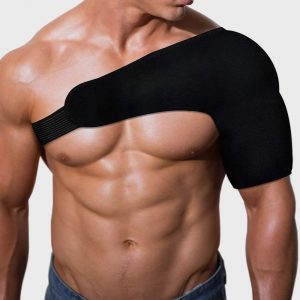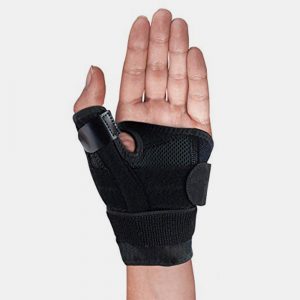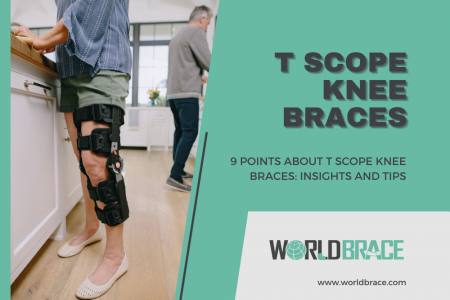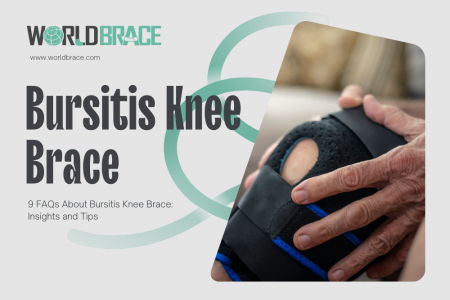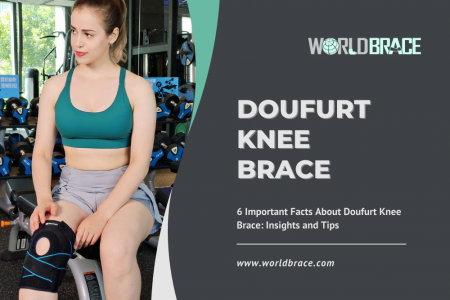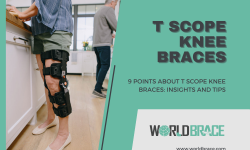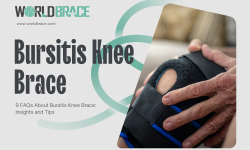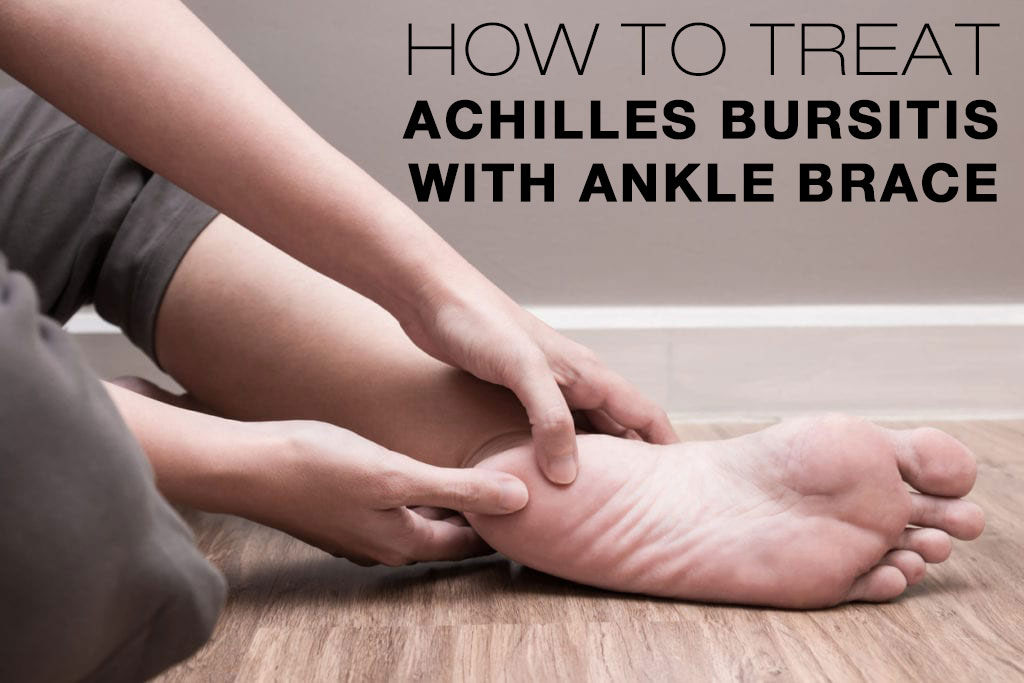
Table of Contents
What is Achilles bursitis?
The Achilles tendon links the calf muscles to the heel bone. Retrocalcaneal bursitis, or Achilles bursitis, heel bursitis, is a prevalent problem. This little sac of fluid between the calcaneus (heel bone) and Achilles tendon helps the tendon glide over the bone with less friction than would otherwise be the case.
Repetitive trauma may inflame the Achilles bursitis, located between the heel bone and the Achilles tendon. The Achilles tendon and the Peroneal Tendon are not the same things. Achilles tendinitis and Achilles bursitis are sometimes confused for one other, and when they co-occur, the condition is known as Haglund’s syndrome.
What causes Achilles tendon bursitis?
Answer: Ankle overuse causes bursitis of the Achilles tendon, leading to the bursa’s inflammation and irritation. Achilles tendon bursitis is the inflammation of the Achilles tendon that may be caused by excessive walking, running, or leaping.
Achilles Bursitis vs Achilles Tendonitis
Tendonitis is an inflammation of the tendons. Chronic inflammation of the bursa (tiny sacs of surrounding fluid joints) causes bursitis. Both illnesses cause swelling and pain around the joints.
Bursae surround joints to protect tendons, bones, and muscles from friction. Bursitis, like Tendonitis, is caused by repeated motion.
Bursitis and tendinitis are similar in appearance. However, swelling is more evident in bursitis than in Tendonitis. Physiotherapists may also do tests to establish whether the tendon or bursa is causing the discomfort. If the discomfort lasts longer than anticipated, your doctor may request an ultrasound or bloodwork to rule out other diseases.
Achilles bursitis Pictures
How to treat Achilles bursitis?
To treat and recover from Achilles bursitis (also known as retrocalcaneal bursitis), the goal is to alleviate pain and inflammation while identifying probable causes.
- For a brief time, doctors advise rest and minimizing or avoiding painful activities.
- If a person has Retrocalcaneal Bursitis, icing their heel for 15-20 minutes several times a day will help relieve symptoms.
- Retrocalcaneal Bursitis is well treated with rehab activities in addition to rest and ice.
- If the discomfort prevents an individual from walking or jogging, they should try swimming or water aerobics as alternatives.
- Gradual heel stretching increases flexibility and reduces bursa impingement, reducing pain.
- Surgery is considered only when non-surgical treatments fail. A bursectomy removes an inflamed or diseased bursa.
- Exercise form is important in preventing Achilles tendon bursitis. Make sure to warms up before any athletic activity to avoid Achilles tendon damage.
How to get rid of Achilles bursitis?
Usually, Achilles bursitis may be treated at home. Simply altering a few daily routines may help reduce inflammation and promote healing of the bursa. Home remedies for heel bursitis consist of the following:
- Cold compress
- Rest
- Heel Bursitis shoe inserts
- Supportive footwear
- Stretches
The Medical interventions for Achilles bursitis include physical therapy, therapeutic ultrasound, Aspiration, cortisone injection, and Heel Bursitis surgery.
How to tape Achilles bursitis?
Will an ankle brace help Achilles Bursitis?
The severity of Achilles Tendonitis dictates the treatment options, which range from over-the-counter therapies like anti-inflammatory pills and RICE (Rest, Ice, Compression, Elevation) to surgical options like steroid injections. Stretching and strengthening your calf muscles with physical therapy and massage might be therapeutic.
Our compression socks, ankle braces, and walking boots may all assist keep the heel in place and avoiding further damage.
Achilles Tendonitis may be alleviated with WorldBrace ankle supports that provide compression and support to the tendon. Many ankle braces come with massage pads as well. Repetitive ankle motions may strain the tendon and cause it to become overstretched. Therefore, maintaining the ankle in a slightly flexed (foot pointing down) posture is important while the tendon heals.
Keep in mind that no two sets of braces are the same. Research-proven Achilles Tendonitis braces include cushions that may be crushed and filled with air. Achilles tendonitis braces that promise simple compression may reduce swelling, but they are unlikely to alleviate your discomfort.
faq
How long does it take for Achilles bursitis to heal?
A healthy, vigorous lifestyle should return after two to three weeks of at-home therapy for Achilles bursitis. If the problem does not improve or worsens within this period, it is a must to consult a doctor. If a person is unsure if their bursitis has healed, they should wait until all redness and swelling are gone before returning to normal activities. Durable overexertion may spread bursitis.




